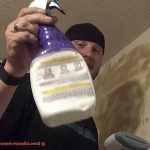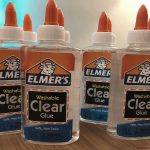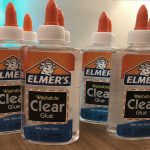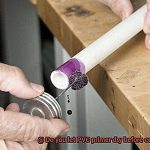Picture this: you’re in the middle of a creative frenzy, ready to glue together your masterpiece, when you spot it – that dusty bottle of Elmer’s glue lurking in the back of your closet. How long has it been there? Will it still work its magic? These are the burning questions we’re here to answer.
Elmer’s glue has been a steadfast companion for artists, DIY enthusiasts, and students alike. But like any other product, time can take its toll. In this blog post, we’ll delve into the intriguing world of Elmer’s glue aging. We’ll uncover the mysteries surrounding its shelf life, explore factors that might affect its usability, and arm you with the knowledge you need to decide whether to keep or bid farewell to your old bottle. So buckle up and get ready for a thrilling journey through the lifespan of Elmer’s glue.
Does Elmer’s Glue Have a Shelf Life?
Contents
Elmer’s glue, like many other adhesives, does indeed have a shelf life. This is an important factor to consider when using it for various projects. Understanding why Elmer’s glue has a shelf life and how to determine if it has expired can help ensure the best results for your projects. Here is a breakdown of the topic:
- Shelf Life: Elmer’s glue is composed of water and polyvinyl acetate (PVA) resin, which acts as the adhesive. Over time, exposure to air, moisture, and temperature fluctuations can cause the glue to deteriorate. This can result in changes to its consistency, bonding strength, and drying time.
- Storage Conditions: Proper storage is crucial in extending the shelf life of Elmer’s glue. It should be stored in a cool and dry place, away from extreme temperatures and direct sunlight. Exposing the glue to high humidity or freezing temperatures can accelerate its degradation.
- Usability: Even after its recommended shelf life, Elmer’s glue may still be usable. However, it may not provide the same strong bond or dry as quickly or evenly as when it was fresh. This can affect the overall quality and durability of your projects or repairs.
Signs of Expiration: To determine if your Elmer’s glue has expired, look for certain signs:
- Thickening: If the glue has become thick and difficult to spread smoothly, it may have expired.
- Lumps or Separation: If you notice lumps or separation in the glue, it is likely past its prime.
- Unusual Odor: A pungent or sour smell indicates that the glue has gone bad.
- Poor Adhesion: If the glue no longer adheres well or fails to stick properly, it may have expired.
- Cloudy or Discolored Appearance: If the glue appears cloudy or has changed color significantly, it is likely expired.
- Testing Viability: If you are uncertain about the usability of your Elmer’s glue, you can perform a simple test. Apply a small amount of glue on a scrap piece of paper or cardboard and observe how well it spreads and sticks. If it performs satisfactorily, it is still usable. However, if it appears lumpy, fails to stick properly, or has an unusual consistency, it is best to replace it.
Factors Affecting the Shelf Life of Elmer’s Glue
Proper storage conditions, contamination, exposure to air, age of the glue, quality of ingredients, and type of glue all play a role in determining the shelf life of Elmer’s glue.
- Storage Conditions: Elmer’s glue is sensitive to temperature and humidity. Extreme temperatures can cause the glue to thin out or thicken, making it less effective. Storing the glue in a cool, dry place between 50-70 degrees Fahrenheit is ideal.
- Contamination: Keeping the glue free from contaminants is crucial for maintaining its longevity. Uncapped or improperly stored glue can easily come into contact with dust, dirt, or other foreign substances. This can alter the chemical composition and shorten its shelf life.
- Exposure to Air: Elmer’s glue contains water, which can evaporate when exposed to air for extended periods. This leads to a thicker consistency and reduced effectiveness. Properly sealing the container after each use helps prevent air exposure and extends the shelf life.
- Age of the Glue: Like any product, Elmer’s glue has a limited lifespan determined by its manufacturing date. Older glue is more likely to lose its effectiveness over time. Check the expiration or manufacturing date on the packaging before using older glue.
- Quality of Ingredients: The quality of ingredients used in Elmer’s glue affects its shelf life. Higher-quality ingredients generally result in a longer shelf life compared to lower-quality ones. Opting for reputable brands like Elmer’s ensures that you are using high-quality ingredients and extending the life of the glue.
- Type of Glue: Elmer’s offers different types of glues, each with its own shelf life. White and clear glues typically last for one to two years, while wood glue can last up to three years. Always refer to the manufacturer’s guidelines for specific information on the shelf life of each type of glue.
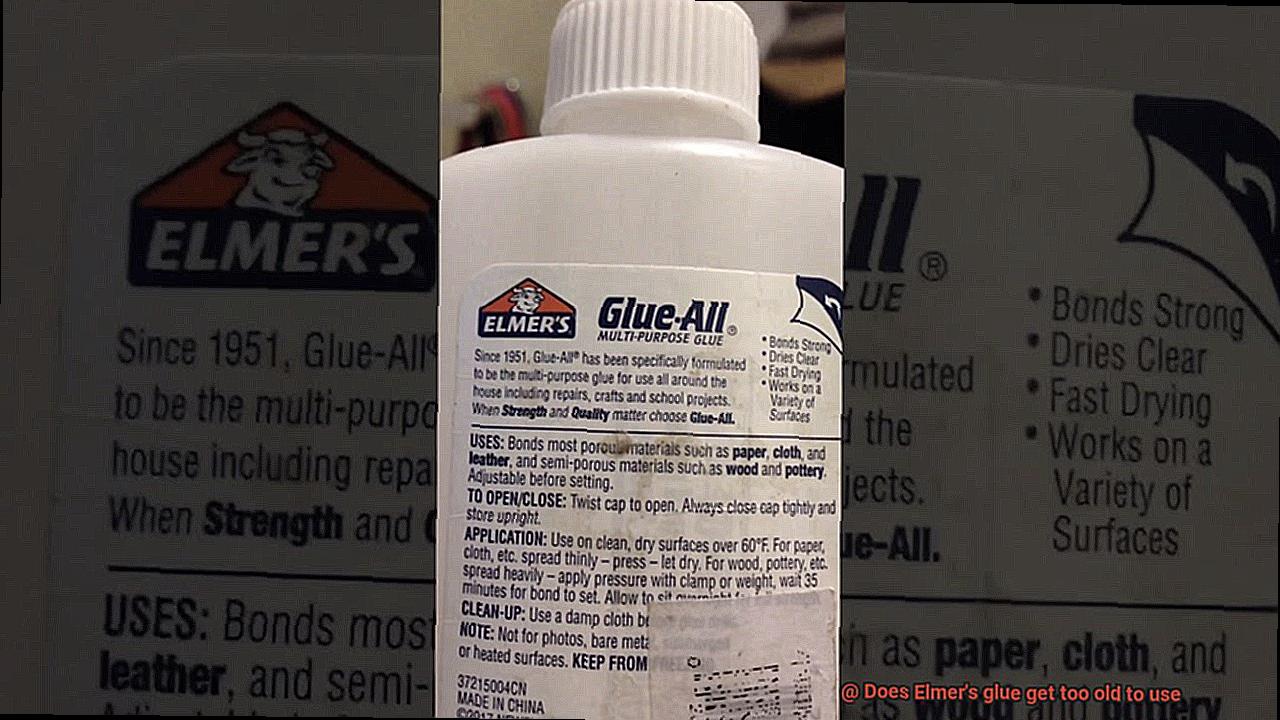
Expiration Dates as a Guide for Elmer’s Glue
Expiration dates on Elmer’s glue are a valuable tool for consumers to determine the freshness and effectiveness of the adhesive. Here’s why expiration dates matter:
- Importance of expiration dates: The expiration date provides crucial information about how long the glue is expected to perform at its best. Using expired glue may lead to weaker adhesion, compromising the quality of your projects.
- Factors influencing expiration: The expiration date takes into account the glue’s formulation and storage conditions. Elmer’s glue contains polyvinyl acetate (PVA), which can deteriorate when exposed to air and moisture over time.
- Loss of adhesion strength: As the PVA molecules break down, the glue’s ability to stick materials together weakens. Using expired glue may result in projects that don’t hold up as well or fail to meet your expectations.
- Storage conditions matter: Proper storage can significantly extend the shelf life of Elmer’s glue. Make sure to tightly seal the bottle when not in use and store it in a cool, dry place away from direct sunlight or extreme temperatures.
- Perform a simple test: If you have a bottle of Elmer’s glue that has passed its expiration date, it’s a good idea to conduct a quick test before using it for important projects. Apply a small amount onto a test surface and assess its adhesion strength and overall performance. If it appears weak or fails to adhere properly, it’s best to discard it and purchase a fresh bottle.
Storing Elmer’s Glue for Maximum Longevity
To maximize the longevity of your Elmer’s glue and ensure that it remains usable for all your crafting and repair needs, proper storage is key. Here are some tips to help you store Elmer’s glue effectively:
- Keep it cool and dry: Elmer’s glue should be stored in a cool and dry place, away from direct sunlight and extreme temperatures. Heat can cause the glue to thicken or curdle, making it unusable. Find a storage area that maintains a consistent temperature to preserve the glue’s quality.
- Securely close the bottle: After each use, make sure to tightly seal the lid of the glue bottle. This prevents air from entering and drying out the glue. A tight seal helps maintain the glue’s consistency and prevents it from drying up prematurely.
- Watch for changes in texture or smell: If you notice any changes in the texture or smell of the glue, it may indicate that it has gone bad. Expired glue may become lumpy, stringy, or have a foul odor. In such cases, it is best to discard the glue and replace it with a fresh bottle.
- Store upside down: Storing Elmer’s glue upside down can create a seal at the opening of the bottle, preventing air from entering and prolonging its effectiveness. This method helps keep the glue in better condition for longer periods.
- Avoid freezing temperatures: Freezing can cause Elmer’s glue to separate or coagulate, rendering it unusable. Avoid leaving the glue in unheated spaces during winter months or storing it in areas prone to freezing temperatures.
- Use older bottles first: If you have multiple bottles of Elmer’s glue, use older ones first before opening new ones. This way, you can ensure that none of your glue goes to waste due to expiration.
- Revive dried-out glue if possible: If your Elmer’s glue dries out or becomes too thick to use, you can try reviving it by adding a small amount of water and stirring vigorously. However, this method may not be effective if the glue has expired or undergone significant changes.
- Check the expiration date: Always check the expiration date on the bottle before purchasing or using Elmer’s glue. This date indicates the manufacturer’s recommendation for the maximum shelf life of the glue. Using expired glue may result in poor adhesive properties and compromise the quality of your projects.
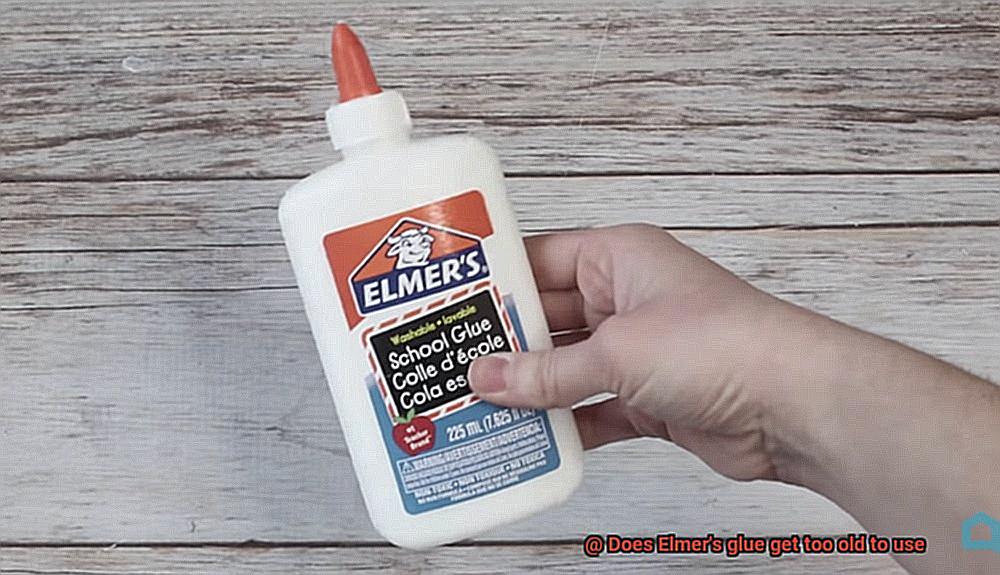
Testing the Viability of Older Elmer’s Glue
When it comes to testing the viability of older Elmer’s glue, there are several important factors to consider. Follow this step-by-step guide to conduct a thorough assessment and ensure the best results for your project.
- Age of the glue: Begin by taking note of when the glue was purchased or manufactured. Elmer’s glue typically has a shelf life of about two years, but it’s important to remember that this can vary depending on storage conditions. The older the glue, the more likely it is to have lost its effectiveness.
- Storage conditions: Evaluate how the glue has been stored. Extreme temperatures or fluctuating environments can accelerate the deterioration process. Glue that has been exposed to these conditions may have deteriorated faster and may not be as viable for use.
- Adhesive strength test: To assess the glue’s effectiveness, perform a simple adhesive strength test. Apply a small amount of glue onto two surfaces and allow it to dry completely. Then, attempt to separate the surfaces and observe whether the bond holds or easily comes apart. A weak bond or easy separation may indicate that the glue has lost its viability and should not be used for important projects.
- Consistency check: Check the consistency of the glue. Older glue may become thicker or develop clumps, making it difficult to spread evenly. This can significantly affect the overall quality of your project and make it challenging to achieve satisfactory results. If the consistency is significantly altered, it might be best to consider purchasing a fresh bottle of Elmer’s glue.
- Level of adhesion: Keep in mind that even if older Elmer’s glue appears usable and passes the adhesive strength test, it may not provide the same level of adhesion as a fresh bottle. This can be problematic if your project requires a strong bond or long-lasting hold. Consider this factor when deciding whether to proceed with using older glue or purchasing a new bottle.
- Revitalization attempts: If the glue is slightly thickened but still usable, you can try adding a small amount of water and stirring it thoroughly. This can help restore its original consistency and improve its adhesive properties. However, it’s important to note that this method may not always be successful, especially if the glue has significantly deteriorated. Use your judgment to determine whether revitalization attempts are worth pursuing.
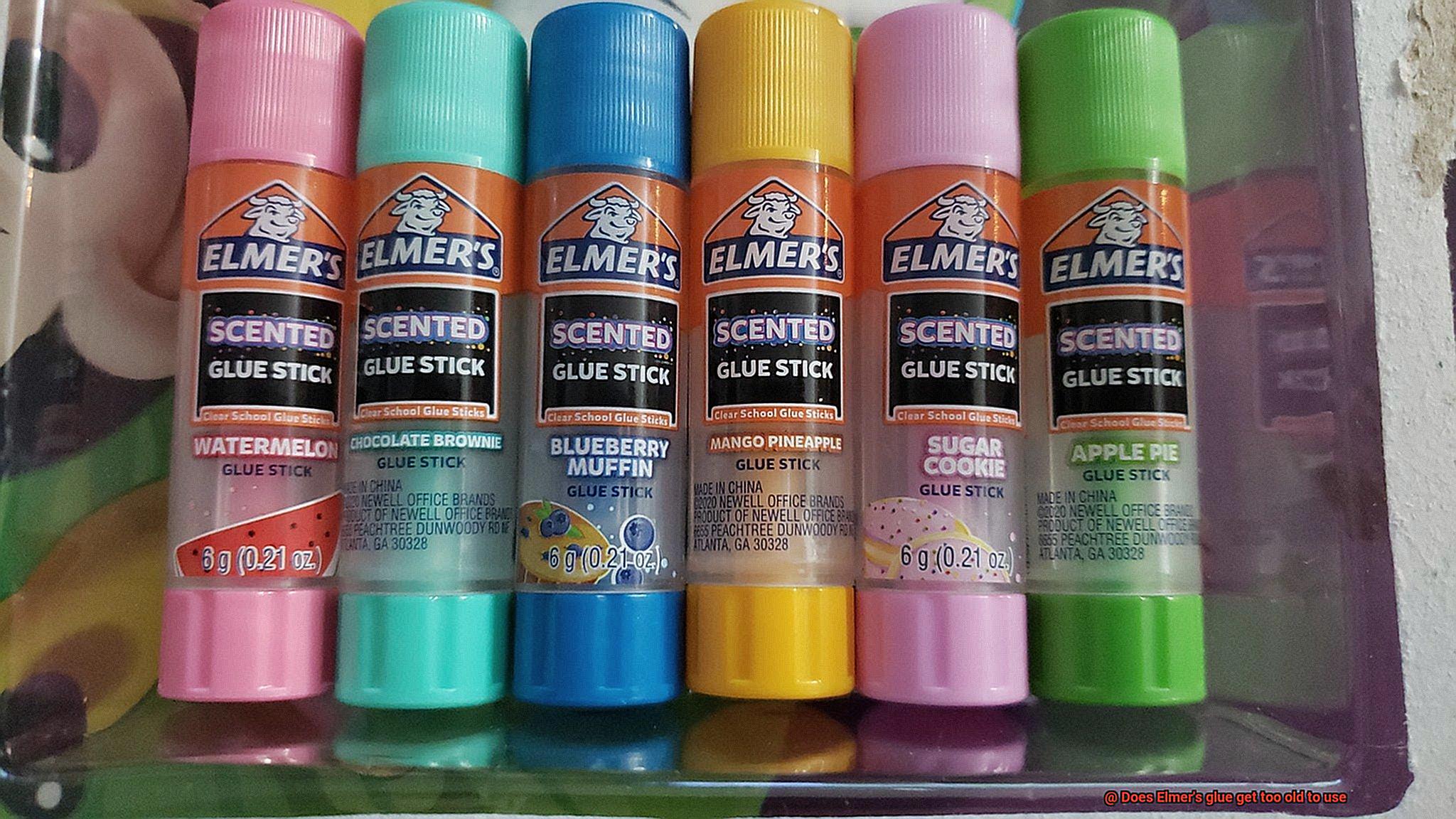
Types of Elmer’s Glue and Their Respective Shelf Lives
Elmer’s classic white glue, also known as school glue, is the go-to adhesive for various arts and crafts projects. Its water-based formula dries clear, making it ideal for paper, cardboard, and other porous materials. This glue offers a reliable bond that withstands everyday wear and tear.
White glue typically has a shelf life of approximately one year when stored properly. To maximize its longevity, make sure to keep the cap tightly closed and store it in a cool, dry place. This will prevent air from entering and drying out the glue, ensuring that it remains usable for all your creative endeavors.
Wood Glue
For woodworkers and DIY enthusiasts, Elmer’s wood glue is the perfect choice. Specially formulated to bond wood surfaces, this glue provides a strong and durable connection that can withstand the test of time. Whether you’re repairing furniture or building something from scratch, Elmer’s wood glue is your trusted companion.
Wood glue typically has a longer shelf life compared to white glue, usually around two years. However, it is essential to store it properly to maintain its effectiveness. Keep the bottle tightly sealed and store it in a cool environment away from extreme temperatures. This will help extend the shelf life of your wood glue and ensure optimal performance when you need it.
Specialty Glues
Elmer’s also offers a range of specialty glues designed for specific materials and applications. Craft bond glue is perfect for arts and crafts projects, providing a strong bond on various surfaces like paper, fabric, and plastic. Multipurpose glue is versatile enough to be used on different materials, including fabric, leather, and ceramic.
Specialty glues often have different formulations and may have varying shelf lives. It is advisable to check the product packaging or the manufacturer’s website for specific information regarding shelf life. By following the storage instructions provided, you can ensure that your specialty glue remains in prime condition for all your specialized projects.
Size Matters
While Elmer’s glues have specified shelf lives, it is important to consider the size of the container as well. Glue bottles come in various sizes, ranging from small squeeze bottles to larger gallon containers. The shelf life of the glue may vary depending on the size of the container.
Regardless of the container size, always make sure to close the cap tightly after use to prevent drying out. Store the glue in a cool, dry place away from direct sunlight or extreme temperatures. Following these simple storage practices will help preserve the adhesive properties of your Elmer’s glue and maximize its shelf life.
Testing for Viability
Over time, Elmer’s glue may start to thicken or become clumpy, indicating that it is no longer suitable for use. However, even expired glue can still be used for less critical applications or as a temporary adhesive. To determine if an old bottle of Elmer’s glue is still usable, perform a simple adhesive test.
Apply a small amount of glue to a test surface and allow it to dry. Then, try bonding two test pieces together and observe the strength of the bond. If the bond is weak or the glue does not adhere properly, it may be time to replace the old glue with a fresh bottle.
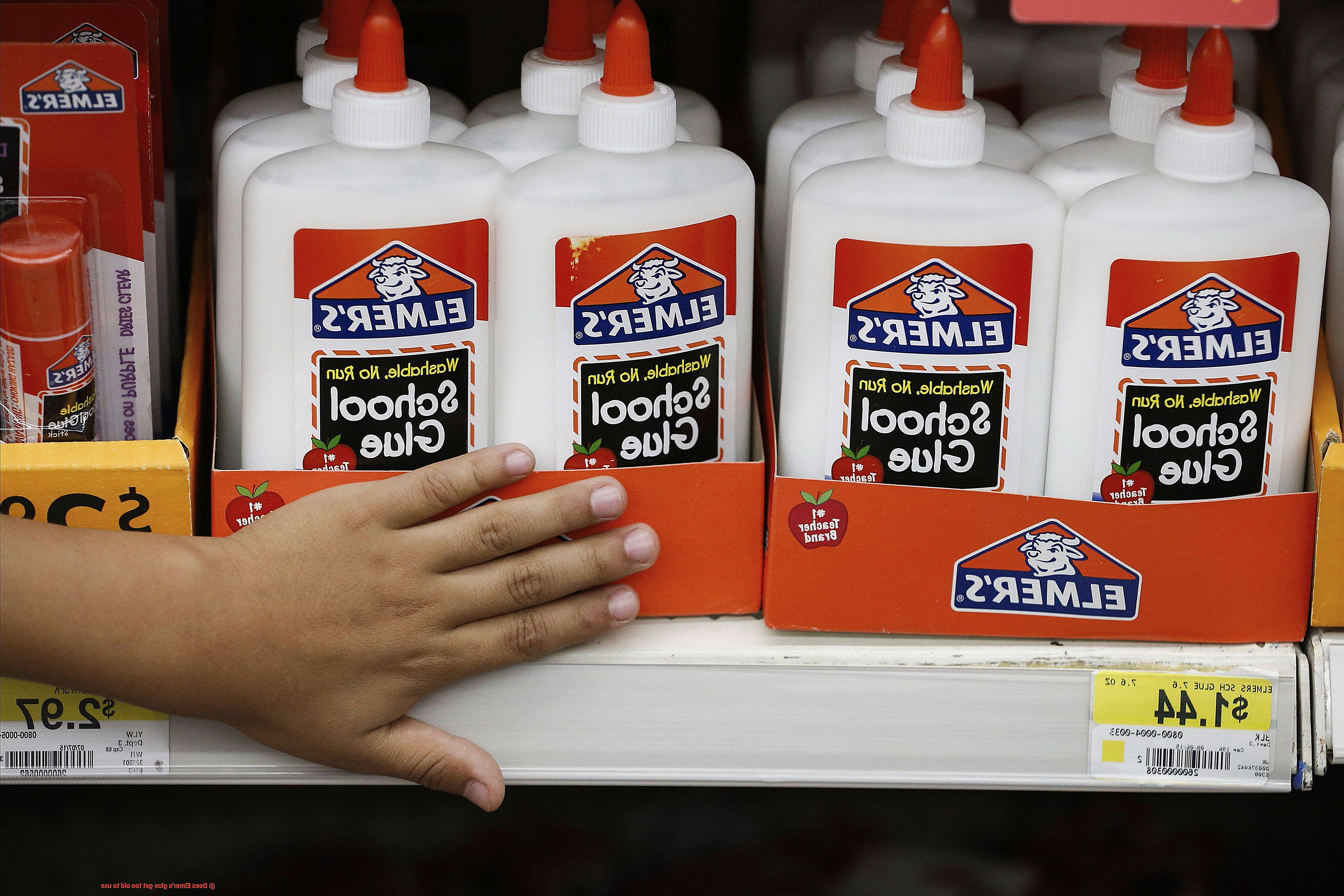
tlTAb8fxKLw” >
Conclusion
In conclusion, Elmer’s glue is not immortal. It does have a shelf life and can expire over time. The way you store it, the air it breathes, the moisture it encounters, its age, and the quality of its ingredients all play a role in determining how long it remains usable. So, don’t just toss that bottle into any old corner of your craft room and forget about it.
To make sure your glue stays in tip-top shape, give it the VIP treatment by storing it in a cool, dry place. Think of it as a delicate flower that needs the perfect environment to thrive. Don’t subject it to extreme temperatures or let moisture sneak in and wreak havoc.
Now, how do you know if your glue has gone past its prime? Well, keep an eye out for telltale signs of expiration. Is your once smooth and silky glue now thickening up like a stubborn pudding? Are there lumps or separation floating around like uninvited guests at a party? And oh boy, if you catch a whiff of an unusual odor coming from that bottle, it’s definitely time to bid adieu.
But wait. There’s more. Poor adhesion and a cloudy or discolored appearance are also red flags that your glue has seen better days. To be absolutely sure though, you can conduct a little experiment. Just dab a small amount on a test surface and watch how well it spreads and sticks. If it’s struggling like an exhausted marathon runner on mile 26, then sorry buddy – time to hit the trash bin.
Remember that different types of Elmer’s glue have different lifespans. Classic white glue usually lasts for about one year when treated with tender loving care. Wood glue is slightly more resilient and can stick around for up to two years. And those specialty glues designed for specific materials? Well, they march to their own beat with varying shelf lives.
Before diving into your next crafting or repair project, don’t forget to give the bottle a quick once-over. Check that expiration date like you’re verifying the credentials of a potential employee. Using expired glue might result in weaker adhesion and could compromise the quality of your masterpiece. And nobody wants that.
So, show your Elmer’s glue some love by giving it the storage conditions it deserves and regularly inspecting it for signs of expiration.


